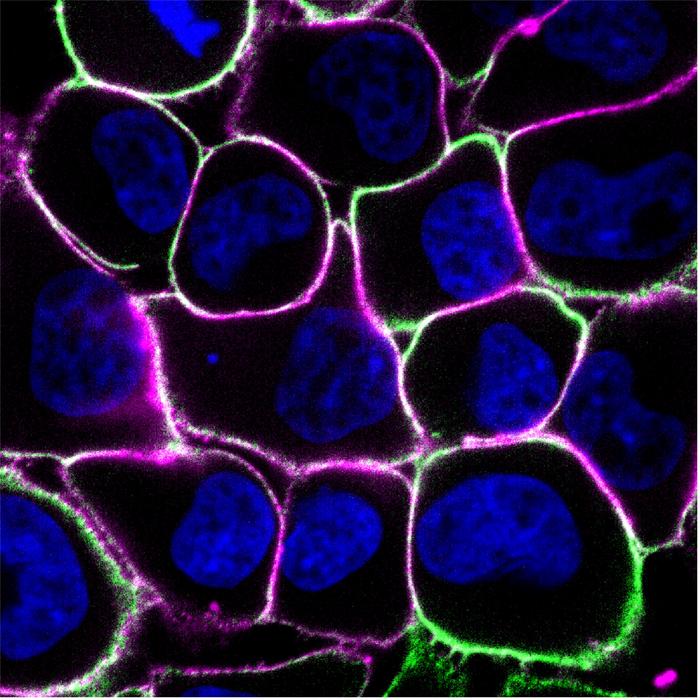Survival Tactics: How Cancer Cells Form Deadly Alliances to Hijack Your Body's Resources

In a groundbreaking breakthrough, scientists have identified a promising new approach to cancer treatment that could revolutionize how we combat this devastating disease. Researchers have discovered that targeting the CNDP2 protein's cooperative mechanisms may offer a highly precise and effective strategy for fighting cancer cells.
The innovative research focuses on the unique interactions of the CNDP2 protein, which plays a critical role in cellular processes. By understanding and potentially disrupting these cooperative pathways, medical researchers hope to develop more targeted therapies that could selectively attack cancer cells while minimizing damage to healthy tissue.
This cutting-edge approach represents a significant advancement in cancer research, offering hope for more personalized and less invasive treatment options. The specificity of targeting CNDP2-mediated cooperation could potentially reduce the harsh side effects associated with traditional cancer treatments, marking a potentially transformative moment in oncological medicine.
As scientists continue to explore this promising avenue, the research opens up exciting possibilities for more refined and effective cancer interventions, bringing us one step closer to more sophisticated and patient-friendly treatment strategies.
